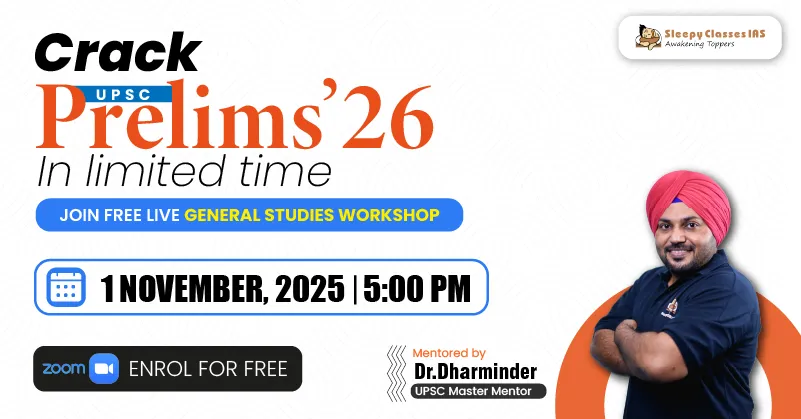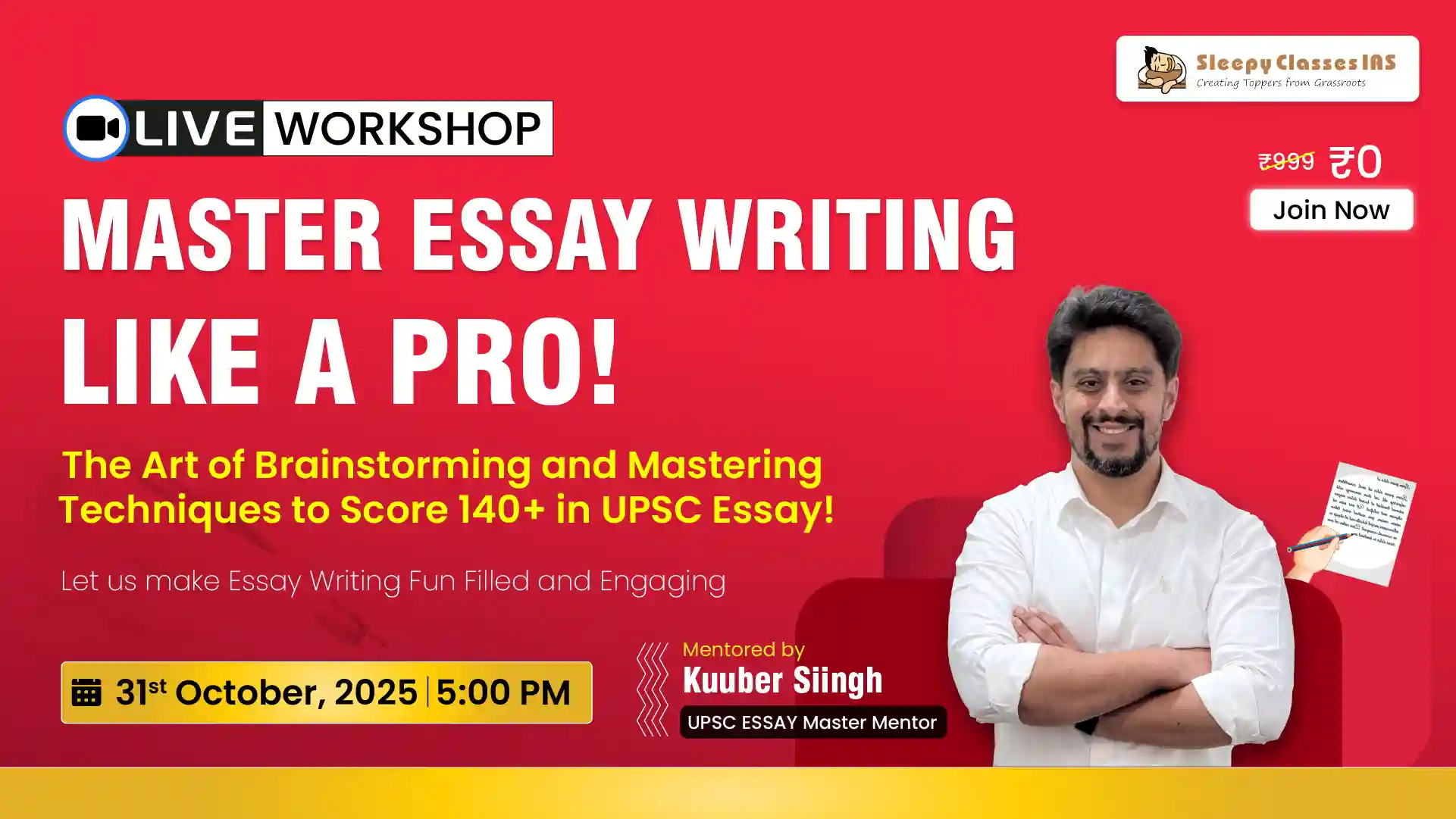Art and culture are not merely aesthetic pursuits; they embody the values, traditions, and historical experiences of societies. For aspirants of the UPSC Civil Services Examination, a deep understanding of art and culture is indispensable. This article explores the multifaceted role of art and culture in civil services, emphasizing its significance for UPSC preparation.
Key Takeaways
- Art and culture offer critical insights into the historical and sociocultural context of societies, which are crucial for civil services.
- Understanding cultural heritage enhances analytical skills, aiding in the interpretation of diverse societal issues.
- Incorporating art and culture studies into UPSC preparation can improve performance in both prelims and mains examinations.
- Case studies demonstrate the successful integration of art and culture knowledge in civil services, highlighting its practical applications.
- Future trends indicate a growing importance of cultural competence in civil services, necessitating focused preparation in this area.
Understanding the Significance of Art and Culture in Civil Services
Art and culture are not just about aesthetics; they mirror a society’s values, traditions, and history. The UPSC acknowledges this importance and regularly includes questions on these topics to gauge candidates’ comprehensive understanding. This section delves into the historical context, societal impact, and modern relevance of art and culture in civil services.
Art and Culture as a Tool for Analytical Skills
Art and culture are not just about aesthetics; they are a mirror reflecting a society’s values, traditions, and history. The UPSC recognizes this importance and includes questions on these topics to evaluate candidates’ depth of knowledge. Studying art and culture enriches one’s understanding and is a valuable tool for excelling in the UPSC exams.
Incorporating Art and Culture in UPSC Preparation
Syllabus Coverage and Resources
Understanding the significance of art and culture in the UPSC syllabus is crucial. The syllabus covers a wide range of topics, including ancient art, classical dance forms, historical monuments, and the preservation of cultural heritage. Incorporating the study of UPSC art and culture previous year questions into the preparation strategy is highly beneficial for aspirants. These questions provide insights into the types of questions asked and the areas of focus.
Effective Study Techniques
To effectively study art and culture, aspirants should adopt a multi-faceted approach. This includes reading standard textbooks, referring to online resources, and watching educational videos. Creating mind maps and timelines can help in retaining vast amounts of information. Additionally, discussing topics with peers can provide new perspectives and enhance understanding.
Role of Expert Guidance
Expert guidance can play a pivotal role in UPSC preparation. Mentors and teachers with experience in civil services can provide valuable insights and tips. They can help aspirants understand complex topics and offer strategies to tackle difficult questions. Joining coaching classes or online forums can also provide a structured learning environment and keep aspirants motivated.
Consistent effort and a well-rounded approach are key to mastering art and culture for the UPSC exam.
Case Studies: Successful Integration of Art and Culture in Civil Services
Throughout history, art and culture have played a pivotal role in shaping civil services. For instance, during the Mughal era, the administration heavily relied on cultural diplomacy to maintain peace and order. The integration of Persian art and literature into the Indian subcontinent not only enriched the cultural landscape but also facilitated smoother governance.
In modern times, several civil servants have successfully leveraged their understanding of art and culture to enhance their administrative effectiveness. One notable example is the use of cultural heritage in tourism development projects. By promoting local art forms and traditions, civil servants have boosted tourism and, consequently, the local economy.
The integration of art and culture in civil services offers valuable lessons. Understanding cultural heritage can lead to more empathetic and effective governance. Moreover, it highlights the importance of preserving cultural identity while fostering development. These lessons underscore the need for a well-rounded approach in civil services, where cultural competence is as crucial as administrative skills.
Challenges and Opportunities in Studying Art and Culture for UPSC
Common Misconceptions
Many aspirants believe that studying Art and Culture for UPSC is merely about memorizing facts. However, this subject requires a deep understanding of the rich heritage and artistic expressions that have shaped society. Understanding art and culture is essential for comprehending the historical and sociocultural context of a society. This misconception often leads to inadequate preparation and lower scores.
Overcoming Study Barriers
Navigating the intricate realm of Art and Culture can be challenging. The UPSC Art and Culture syllabus is primarily static-oriented but needs awareness of current affairs. To overcome these barriers, aspirants should:
- Use diverse resources, including books, online courses, and expert lectures.
- Regularly update themselves with current affairs related to cultural heritage.
- Practice previous year questions to understand the exam pattern.
Maximizing Scoring Potential
To maximize scoring potential in Art and Culture, candidates should focus on the following strategies:
- Integrate Current Affairs: Relate static knowledge with current events to provide a comprehensive answer.
- Use Visual Aids: Diagrams, flowcharts, and tables can help in better retention and presentation of information.
- Revise Regularly: Consistent revision helps in retaining vast amounts of information.
Art and Culture are not just about aesthetics; they reflect a society’s values, traditions, and history. Mastering this subject can significantly enhance one’s performance in the UPSC exams.
The Role of Art and Culture in Personality Development for Civil Services
Art and culture play a crucial role in fostering empathy and understanding among civil service aspirants. By studying diverse cultural expressions, candidates can better appreciate the values and traditions of different communities. This understanding is essential for effective governance and public service.
Engaging with art and culture encourages creativity and innovation. Civil servants who are exposed to various forms of artistic expression are more likely to think outside the box and develop innovative solutions to complex problems. Creativity is a valuable asset in policy-making and administration.
Art and culture also enhance communication skills. By interpreting and presenting cultural heritage, civil servants can improve their ability to convey complex ideas clearly and effectively. This skill is vital for public interaction and policy advocacy.
Embracing art and culture in civil services preparation not only enriches knowledge but also builds a well-rounded personality, essential for effective governance.
Future Trends: The Growing Importance of Art and Culture in Civil Services
Evolving Examination Patterns
The UPSC examination patterns are continuously evolving to place a greater emphasis on art and culture. This shift reflects the recognition of the subject’s importance in understanding societal values and traditions. Candidates must stay updated with these changes to ensure comprehensive preparation.
Increasing Focus on Cultural Competence
Cultural competence is becoming a critical skill for civil servants. The ability to appreciate and understand diverse cultural backgrounds enhances governance and public service delivery. This trend underscores the need for a robust understanding of art and culture in the UPSC syllabus.
Preparing for Future Challenges
Future civil servants will face challenges that require a deep understanding of cultural dynamics. Integrating art and culture into their training equips them with the tools to address these issues effectively. This preparation is essential for fostering a more inclusive and empathetic administration.
The growing importance of art and culture in civil services is not just about knowledge acquisition but also about developing a well-rounded personality capable of empathetic and innovative governance.
As we look towards the future, the integration of art and culture in civil services is becoming increasingly significant. This trend not only enriches the administrative framework but also fosters a more holistic approach to governance. To stay ahead in your UPSC preparation and understand these emerging trends, visit our website and explore our comprehensive courses and resources. Start your journey with us today and be a part of the change!
Conclusion
In conclusion, the integration of art and culture into the civil services examination, particularly the UPSC, is not merely an academic exercise but a vital component of holistic education. Understanding the rich tapestry of India’s cultural heritage and artistic expressions equips future civil servants with a deeper appreciation of the nation’s diversity and history. This knowledge fosters a well-rounded perspective, essential for effective governance and policy-making. As the UPSC continues to emphasize these subjects, aspirants are encouraged to delve into the nuances of art and culture, recognizing their significance in shaping a more informed and empathetic administrative framework.
Frequently Asked Questions
Why is it important to study Art & Culture for the UPSC Prelims examination?
Understanding art and culture is essential for comprehending the historical and sociocultural context of a society. It aids in comprehending the evolution of civilizations and their contributions to the world. Furthermore, it is critical for answering questions related to heritage, tourism, and the preservation of cultural identity.
What are the key topics within Art & Culture that UPSC has focused on in recent years?
While the focus can change, topics such as ancient art and architecture, classical dance forms, historical monuments, and the preservation of cultural heritage have been recurrent themes in UPSC Prelim papers from 2013 to 2022.
How can I remember the vast amount of information related to Art & Culture for the UPSC Prelims?
Using mnemonic devices, creating mind maps, and regularly revising the material can help in retaining vast amounts of information. Additionally, connecting historical events with cultural contexts can aid memory retention.
Can you provide an example of a recent Art & Culture question and its answer from the UPSC Prelims papers (2013-2022)?
One example is: ‘Which of the following is a classical dance form of India? (a) Bharatanatyam (b) Kathak (c) Odissi (d) All of the above.’ The correct answer is (d) All of the above.
Are there any online resources or books that can aid in the preparation of Art & Culture for UPSC Prelims?
Yes, there are several resources such as NCERT textbooks, NIOS material, and various online platforms like Unacademy and BYJU’S that provide comprehensive coverage of Art & Culture topics for UPSC preparation.
How does studying Art & Culture help in other areas of UPSC preparation?
Studying Art & Culture not only enriches one’s knowledge but is also a valuable tool for acing the UPSC Prelims. It helps candidates interpret the significance of cultural heritage and its role in society, which often forms a part of essay topics and general studies.






